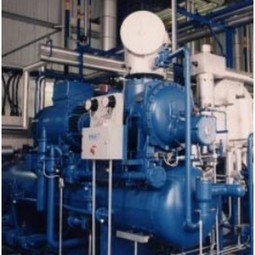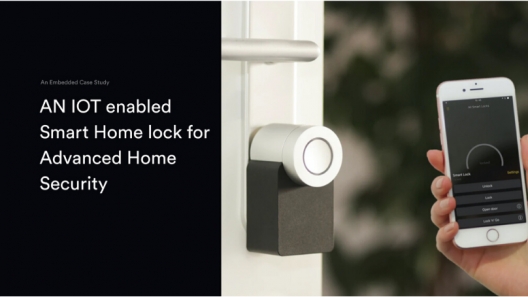Overview
 |
Building Automation & Control |
Applicable Industries
Applicable Functions
Case Studies
Market Size
|
The building automation system (BAS) market was valued at USD 53.66 billion in 2016 and is expected to reach USD 99.11 billion by 2022, at a CAGR of 10.73% between 2017 and 2022 Source: Markets & Markets The overall smart lighting market was valued at USD 6.32 billion in 2017 and is estimated to reach USD 20.98 billion by 2023, at a CAGR of 21.50% during the forecast period. Source: Markets & Markets |
Business Viewpoint
|
What are the core functions of a BACS system? - Maintain control of the building's environment - Operate systems according to occupancy and energy demand - Monitor and correct the performance of systems - Sound alerts as required What are the facilities that may be controlled by a BACS? Mechanical systems, plumbing, electrical systems, heating, ventilation and air-conditioning (HVAC), lighting control, security and surveillance, alarms and lifts.
|
Stakeholder Viewpoint
|
Building Owners and Developers: Building owners and developers are primary stakeholders in building automation and control systems, as they invest in the design, construction, and operation of commercial, residential, and institutional buildings. They seek to enhance building efficiency, comfort, and sustainability while optimizing operational costs and maximizing asset value. Building owners and developers prioritize solutions that improve energy management, indoor air quality, security, and occupant comfort to attract tenants, reduce vacancy rates, and increase property value. Facility Managers and Operators: Facility managers and operators are responsible for overseeing the day-to-day operations and maintenance of buildings, including HVAC systems, lighting, security, and access control. They play a crucial role in the deployment and management of building automation and control systems, ensuring optimal performance, reliability, and compliance with regulatory standards. Facility managers seek solutions that streamline operations, automate routine tasks, and provide actionable insights to improve building performance, occupant satisfaction, and safety. |
Technology Viewpoint
|
What sensors are typically used to provide data into the IoT system, and which factors define their deployment? Sensors that are low power or energy harvesting, miniature, secure and versatile lead to lower capital expenses, decreased maintenance costs and easier deployments. Data from the sensors are translated and transmitted through routers, gateways, nodes, and edge computers through a myriad of proprietary and open protocols. The gateways translate and bridge protocols and enable on premise control of the building through central workstations and mobile devices. What factors define the cloud and edge platforms used to integrate? Gateways also connect the building to the cloud through cellular or Ethernet connectivity. The cloud enables remote access, higher level analytics and communication with the grid and micro-grid. What are the basic components of a BACS? Sensors: Measure values such as temperature, humidity, lighting levels, room occupancy, and so on. Controllers: Instigate the system's response from the collected data, using algorithms that apply logic and send commands. Output devices: Carry out commands from the controller. Communications protocol: The 'language' used by the BACS components. Dashboard: The user interfaces for data reporting and interaction with the BACS system. |
Data Viewpoint
|
Sensor Data Collection: Building automation systems rely on a network of sensors to collect data on various parameters such as temperature, humidity, occupancy, lighting levels, air quality, and energy consumption. These sensors continuously monitor building conditions in real-time, generating a wealth of data that provides insights into occupant behavior, environmental conditions, and equipment performance. Data Integration and Interoperability: Building automation systems aggregate data from diverse sources, including sensors, meters, controllers, and IoT devices, to create a unified view of building operations. Integration platforms and protocols facilitate seamless communication and interoperability between different systems and components, enabling data sharing, analysis, and control across multiple building subsystems. Data Analytics and Insights: Data analytics techniques such as machine learning, predictive modeling, and anomaly detection are used to analyze building data and extract actionable insights. Advanced analytics algorithms identify patterns, trends, and anomalies in building performance data, enabling proactive maintenance, fault detection, and optimization of energy usage. Predictive analytics forecasts future trends and behavior, empowering building operators to make informed decisions and optimize building operations. |
Deployment Challenges
|
What business challenges could impact deployment? Since organization structures vary, finding the optimal system and sensors to install is a great challenge. It is a case-by-case situation. Another challenge is overcoming the potential security issues that may arise and high initial investments.
|






